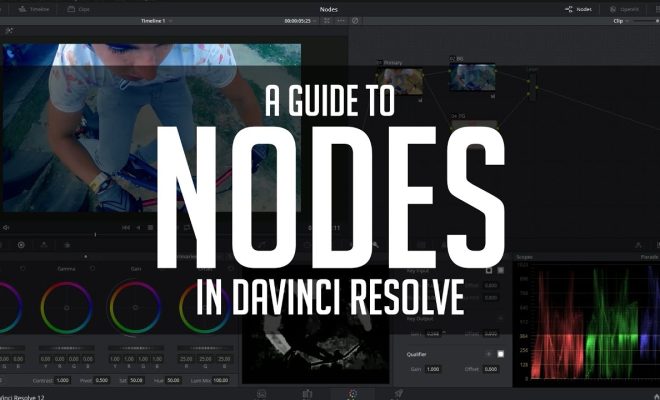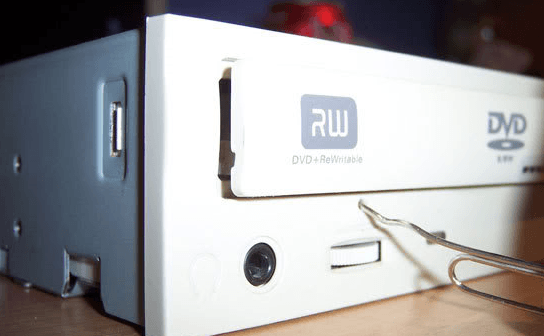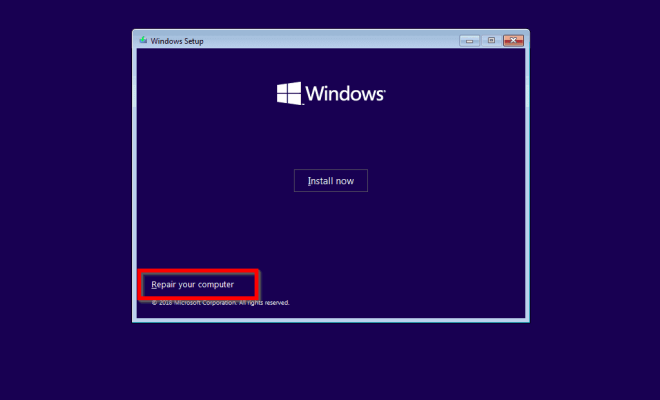How to Use Nodes in DaVinci Resolve: A Tutorial for Beginners

DaVinci Resolve is a powerful video editing software that allows users to create high-quality videos. One of the most important features of this software is nodes, which are used to apply various effects and filters to video footage. In this tutorial, we will explain how to use nodes in DaVinci Resolve for beginners.
First, it’s important to understand what nodes are and how they work. Nodes are graphical representations of video processing elements that allow you to modify footage at different stages. These elements can include color correction, image processing, effects, and transitions. By using nodes, you can create complex effects and filters that can greatly enhance your video footage.
Getting started with nodes is easy. In DaVinci Resolve, you start by creating a new project and importing the video footage that you want to work with. Once you have your footage in the timeline, you can begin adding nodes.
To add a node, you simply right-click on the video clip in the timeline and select “Add Node.” This will create a new node that can be used to apply various effects and filters to your footage. Each node can be individually adjusted, so you can create multiple effects and filters on different layers.
Once you have your nodes set up, you can start applying effects and filters. To do this, you simply drag and drop the effect onto the node you want to modify. You can also adjust the settings of the effect or filter by clicking on the node and using the various controls that are available.
One of the great things about nodes in DaVinci Resolve is that they are non-destructive. This means that you can modify and adjust your effects and filters at any time, without affecting the original video footage. This makes it easy to experiment and try out different effects, until you find the one that works best for your project.
Another useful feature of nodes is the ability to create complex effects and filters by chaining multiple nodes together. This can be done by connecting the output of one node to the input of another. By doing this, you can create multi-layered effects that build upon each other, creating a unique look for your footage.






